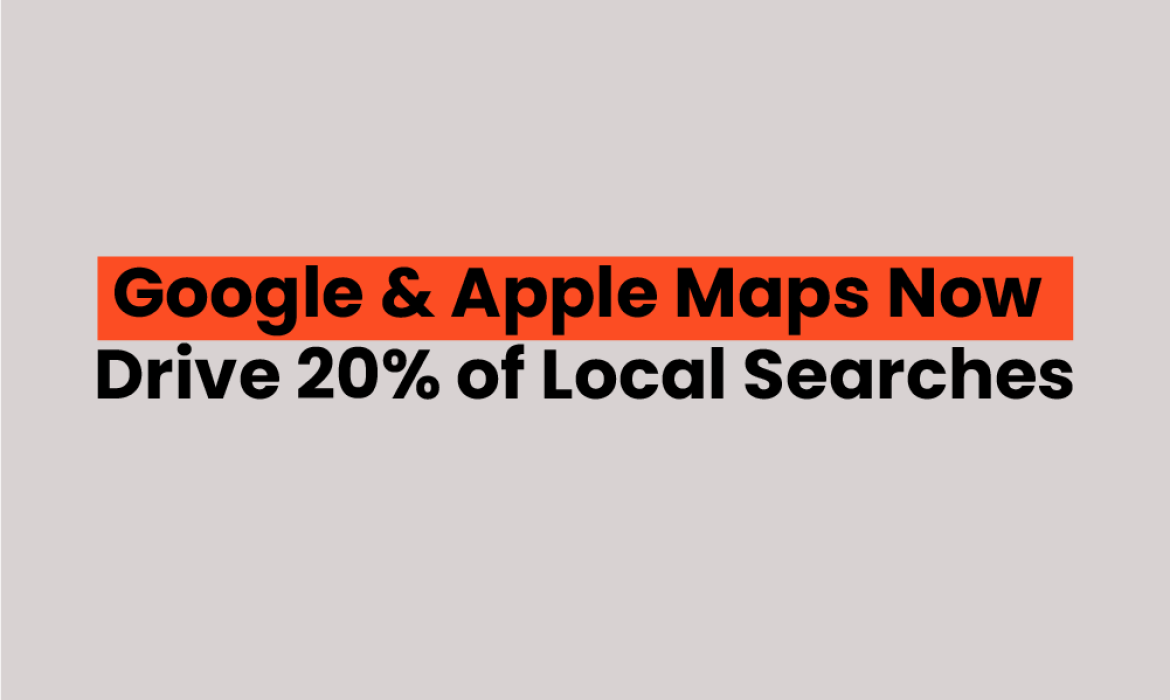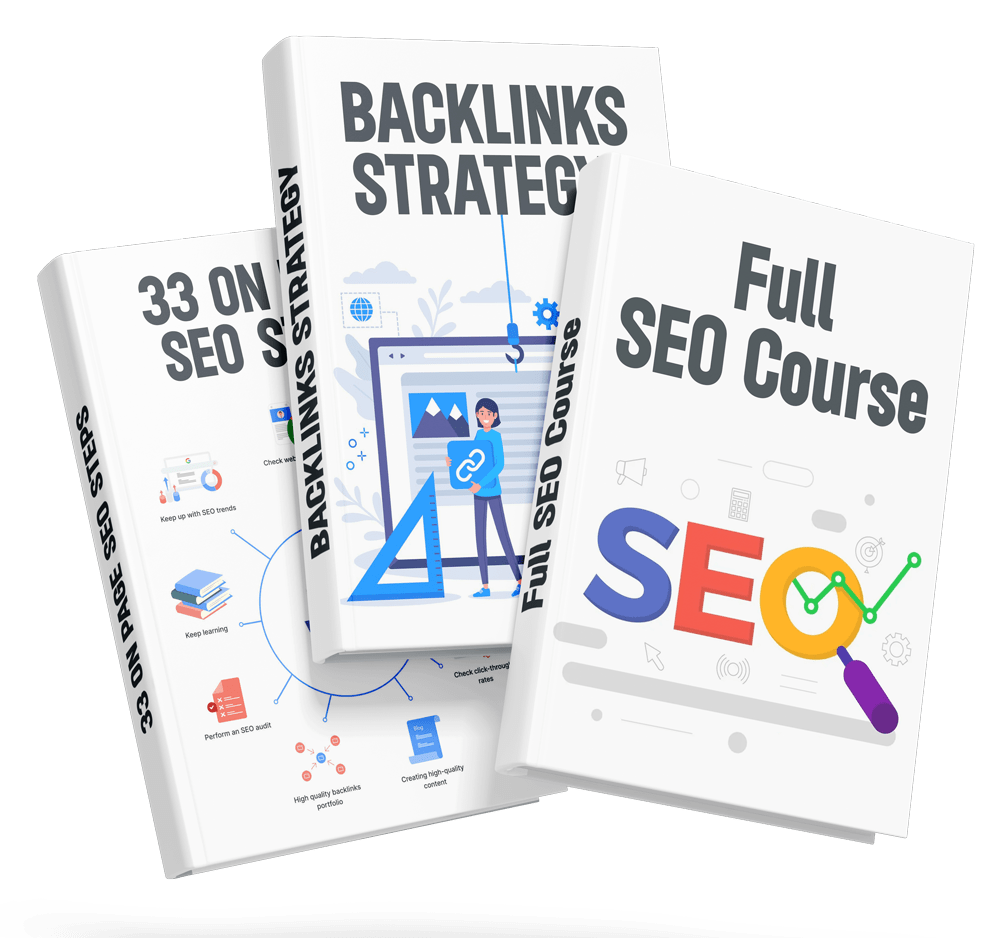In a world where digital presence directly shapes local business success, a new wave of research reveals an eye-opening shift: 20% of all local searches now begin directly inside map apps like Google Maps, Apple Maps, and Bing Maps. This trend is redefining how businesses must think about their local SEO strategies and digital marketing plans.
According to the BrightLocal Consumer Search Behavior study, consumers are increasingly using map platforms not just for directions but as their primary discovery engines for local businesses. This evolution demands that businesses move beyond focusing solely on search engine results pages (SERPs) and start giving serious attention to optimizing their map listings across multiple platforms.
The Rise of Map-First Search Behavior
The study reveals that 15% of consumers choose Google Maps as their first stop when searching for local businesses, making it the second most popular local search platform after Google Search (which holds 45%). When combined with Apple Maps and Bing Maps, the share rises to a significant 20% of all local search activity.
This data highlights a crucial reality: if you’re only optimizing your Google Business Profile and ignoring other map listings, you’re potentially missing out on one in five local search opportunities.
“Google Maps, Apple Maps, and Bing Maps combined make up 20% of default local search platforms. You might have a strong presence in the SERPs, but if consumers are looking for businesses like yours on a map search, you need to ensure you’re going to be found there, too.”
Generational Shifts in Map Usage
Interestingly, younger generations appear to lead the shift toward map-first discovery:
- 18% of Gen Z consumers report using Google Maps as their primary local search tool, which is notably above the average.
- 21% of Millennials prefer Google Maps as their default.
- 5% of Millennials favor Apple Maps as their go-to option.
These findings suggest that as younger, mobile-native generations gain spending power, map apps will likely continue to grow in importance for local business discovery. For marketers and businesses targeting Gen Z and Millennials, ignoring map platforms is no longer an option.
What Information Consumers Want from Map Results
The BrightLocal study also sheds light on the key pieces of information consumers prioritize when using map apps:
- 85% of consumers rank contact information and business hours as “important” or “very important.”
- 46% specifically rate contact information as “very important.”
- 49% of consumers say they “often” or “always” plan their route to a business right after searching.
This data points to a high conversion potential: people searching in maps are not just browsing—they’re often ready to visit or make a purchase very soon.
“Almost half of consumers (49%) said they ‘often’ or ‘always’ go on to plan their travel route to the chosen business, suggesting how quickly consumers are making decisions.”
SEO Implications for Local Businesses
For local SEO experts and digital marketers, these findings translate into actionable takeaways:
✅ Optimize your presence across all major map platforms, not just Google. Ensure you’re accurately listed on Apple Maps and Bing Maps as well.
✅ Keep your business information complete and up to date. Focus especially on contact details, business hours, and addresses. Errors or outdated details can cost you customers.
✅ Monitor “justifications” shown in map results. These snippets pull from your business info, reviews, or website and help convince searchers to choose you.
✅ Treat map optimization as a core part of your local SEO strategy, not just a bonus or afterthought.
BrightLocal emphasizes:
“Don’t lose out to potential customers by not having a correct address, phone number, or email address listed on your platforms—and be sure to check your opening hours are up to date.”
Looking Ahead: Maps as the New Search Engine
The evolution of map apps from simple navigation tools to full-fledged discovery engines is reshaping the local search landscape. For businesses that rely on foot traffic, local visits, or regional service areas, this means that map optimization is no longer optional.
If you treat your map listings as an afterthought, you risk missing out on motivated, ready-to-buy consumers who are using visual, location-based search tools to make fast decisions.



